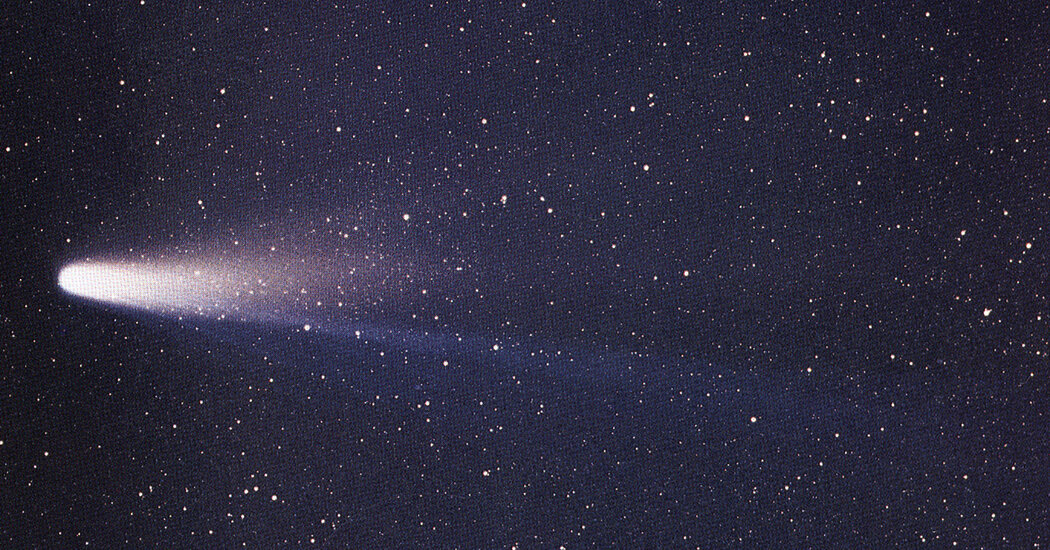Our universe can be full of cosmic wonder, but you can only observe a fraction of astronomical phenomena to the naked eye. Meteorite showers, natural fireworks that are scratched brilliantly through the night sky, are one of the themes.
The last observable meteoritic rain will be the watercolors ETA, which has been active since April 19 and is forecast to continue until May 28. The shower reaches its peak from May 5 to 6 or Monday night on Tuesday morning.
The Aquarid ET meteoritic rain is known for its rapid fireballs, which occur when the earth passes through the debris that leaves Halley’s kite.
Sometimes ETA Aquarid spell, this shower looks more easily from the southern tropics. But a lower meteoritic rate will also be visible in the northern hemisphere near dawn. The moon will be almost two thirds full on the night of the show.
To obtain a clue when seeing, you can use a meter that is based on the data of the global meteor network that are shown when the levels of activity of the fire ball in real time increase in the next few days.
Where the meteorite showers come from
There is the possibility that you can see a meteorite on any night, but it is more likely to get a shower of duration. Meteorite showers are caused by the earth that passes through the rubble that gives a kite or asteroid while swinging around the sun. This rubble, which can be as small as a grain of sand, leaves a brilliant light while burning in the atmosphere of the earth.
Meteorite showers occur at approximately at the same time every year and can last days or weeks. But there is only a small window when each shower is in its peak, what happens when the earth reaches the densest part of the cosmic debris. The peak is the best time to find a shower. From our point of view on earth, meteors will seem to come from the same point in heaven.
Perseid meteor rain, for example, reaches its maximum point in mid -August of Perseus constellation. The Geminids, which occur every December, radiate from the constellation of Gemini.
Mark the space calendar and astronomy of Times for reminders about meteorite showers during the year.
How to see a meteor rain
Michelle Nichols, director of Public Observation at the Planetarium Adler in Chicago, recommends giving up the use of telescopes or binocular while looking at a meteor shower.
“You just need your eyes and, ideally, a dark sky,” he said.
This is because meteorites can shoot through large stripes from heaven, so observing the team can limit their field of vision.
Some showers are strong enough to produce up to 100 stripes per hour, according to the American Meteor Society, he thought he will probably not see so many.
“Almost everyone is under a sky contaminated with light,” said Nichols. “You can think that you are under a dark sky, but in reality, only in a small town, you can have bright lights nearby.”
The planetarians, local astronomy clubs or maps like this can help you discover where to get away from excessive light. The best conditions to catch a meteor shower are a transparent moonless sky or cloud cover, at some point between midnight and sunrise. (The moonlight affects the visibility in the same way as light pollution, washing fine light in the sky). Be sure to give your eyes to the sea to see in the dark.
Mrs. Nichols also recommends using layers, only summer. “You’re going to be sitting there for quite some time, watching,” he said. “It’s going to be cold, only in August.”
Bring a cup of cocoa or tea to get even more warm. Then fall, scan the sky and enjoy the show.



